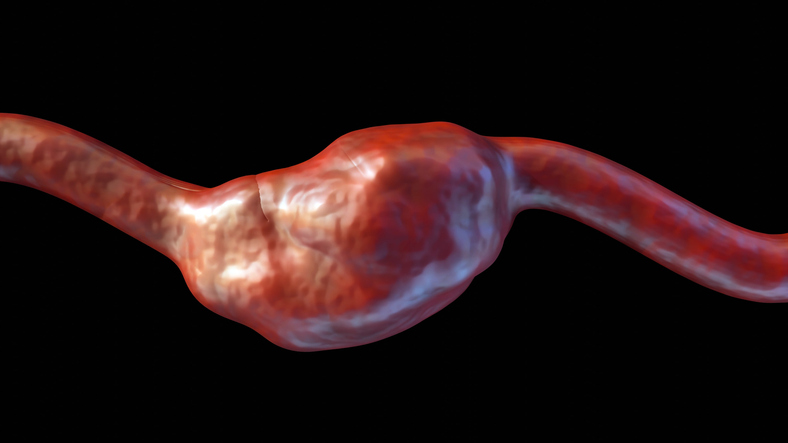
A pooled analysis of randomized trials found that moderate to severe coronary artery calcification (CAC) is associated with greater rates of target lesion failure (TLF) after percutaneous coronary intervention (PCI). These findings were presented at the Transcatheter Cardiovascular Therapeutics (TCT) 2021 Annual Meeting.
“Post-PCI rates of all-cause mortality, cardiac death, myocardial infarction, repeat revascularization, and stent thrombosis are associated with more extensive CAC,” wrote the study authors. “However, the relationship between degree of CAC, clinical presentation, and long-term adverse events has not been extensively studied.”
Impact of Coronary Artery Calcification Severity
For this investigation, the team utilized data from 11 prospective randomized trials testing metallic stent use. TLF was defined as cardiac death, target vessel myocardial infarction, or ischemia driven revascularization. Rate of TLF were assessed up to five years post-PCI and study-adjusted Poisson multivariable regression analysis was used to identify predictors of five-year TLF.
In total, 16,609 patients were analyzed. The overall population was grouped according to angiographic core-laboratory assessed CAC severity (moderate to severe vs. no to mild) and clinical presentation (acute coronary syndromes [ACS] vs. stable ischemic heart disease [SIHD]). Overall, 7,301 patients (44%) had ACS at baseline and 9,308 patients (56%) had SIHD. Around 29% of patients with ACS presented with moderate-to-severe CAC, compared with 32.9% of patients with SIHD.
The researchers noted significant trends in long-term rates of TLF according to CAC severity and clinical presentation.
“Patients with more extensive CAC experienced increased rates of TLF after PCI, even more so when presenting with ACS than with SIHD,” summarized the authors. In patients with ACS, the rates of TLF at five years were 18.5% in patients with moderate-to-severe CAC and 13.1% with no-to-mild CAC (P<0.0001). Regarding SIHD, five-year TLF rates were 16.1% and 14.0% in patients with moderate-to-severe versus no-to-mild calcification, respectively (P<0.0001).
All-cause mortality was also higher for patients with more severe artery calcification. Five-year all-cause mortality was 11.4% (ACS) and 10.8% (SIHD) for moderate-to-severe CAC patients, compared with 8.2% (ACS) and 7.5% (SIHD) for patients with less severe calcification (all P<0.0001).
According to the authors, this study was limited by its nature as a post hoc analysis, and thus multivariable analysis cannot adjust for unmeasured confounders.
“Further studies assessing the impact of CAC modification on clinical outcomes are needed,” the authors concluded.
Reference: Madhavan MV, et al. TCT 119: Association Between Degree of Coronary Artery Calcification, Clinical Presentation, and Adverse Clinical Outcomes after PCI: Patient Level Pooled Analysis of Eleven Randomized Trials. Presented at TCT 2021, Orlando, FL, Nov. 4–6, 2021.







 © 2025 Mashup Media, LLC, a Formedics Property. All Rights Reserved.
© 2025 Mashup Media, LLC, a Formedics Property. All Rights Reserved.